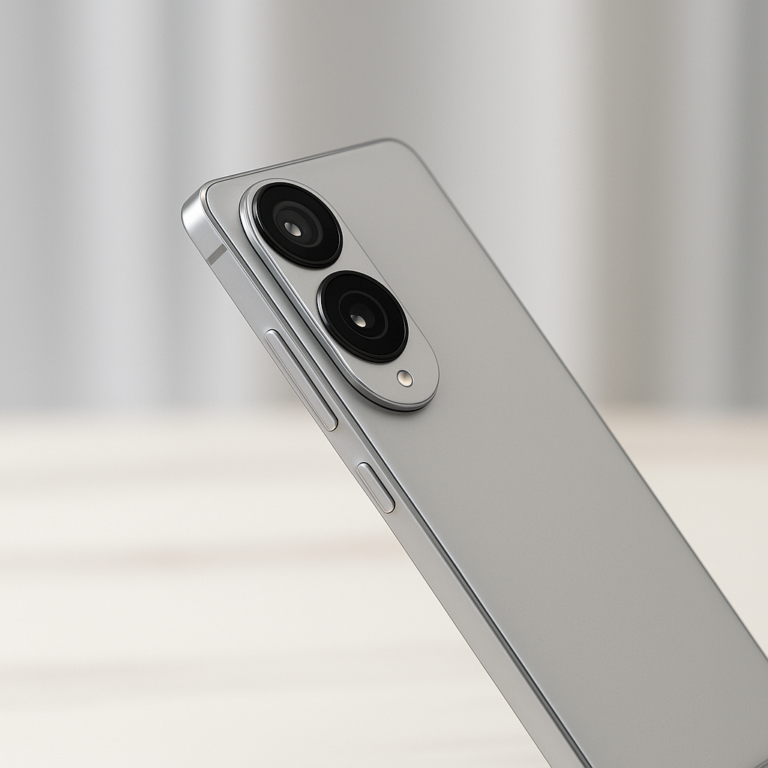In a move that could reshape the future of mobile technology, both Google and Apple are rumored to be considering the removal of physical SIM cards in their upcoming flagship smartphones. The much-anticipated Google Pixel 8 and iPhone 14 might soon join the ranks of devices that embrace the digital revolution by adopting eSIM technology.
What is eSIM?
eSIM, short for embedded Subscriber Identity Module, is a technology that replaces the traditional physical SIM card. Unlike physical SIM cards, which are removable chips, eSIMs are integrated directly into the device’s hardware. This revolutionary concept allows users to switch between different mobile carriers and plans without needing to physically swap out a SIM card.
Advantages of Ditching Physical SIM Cards:
Enhanced Convenience: Imagine being able to switch to a different mobile carrier or plan with just a few taps on your smartphone. eSIM technology eliminates the need for hunting down a SIM card, making the switching process swift and hassle-free.
Flexibility for Travelers: For globe-trotting individuals, eSIM technology is a game-changer. Travelers can easily activate a local carrier’s plan without having to source a physical SIM card, ensuring seamless connectivity wherever they go.
Multi-Device Management: With eSIM technology, managing multiple devices is simplified. Users can link various devices to a single mobile plan, streamlining billing and management processes.
Environmental Benefits: The shift away from physical SIM cards contributes to a greener environment. Manufacturing, distributing, and disposing of SIM cards generate significant waste. eSIMs help reduce this environmental impact.
The Race Between Google and Apple:
Both Google and Apple are renowned for their groundbreaking innovations, and the adoption of eSIM technology further solidifies their commitment to advancing the mobile industry. If the speculations are true, the Google Pixel 8 and iPhone 14 could become trailblazers in this transition.
Preparing for the Future:
As technology continues to evolve, the adoption of eSIM technology seems inevitable. For consumers, the shift to eSIMs means a more streamlined, convenient, and sustainable mobile experience. Embracing this change also signals a step towards a more connected and digitally integrated world.
In conclusion, the anticipated release of the Google Pixel 8 and iPhone 14 could mark a significant turning point in the mobile industry. By discarding the traditional physical SIM card in favor of eSIM technology, these smartphones are poised to deliver enhanced convenience, flexibility, and environmental benefits. As we eagerly await the official announcements, one thing is clear: the future of mobile connectivity is becoming increasingly digital and seamless.











